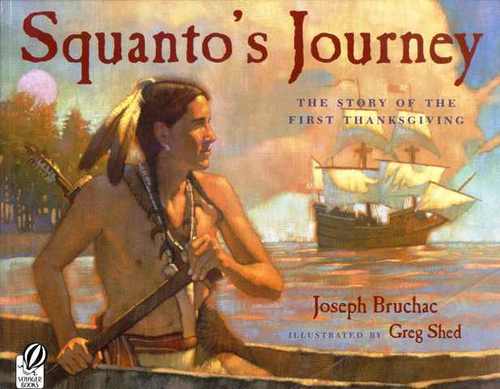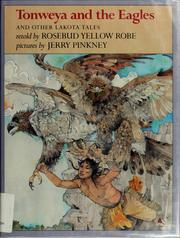Commenter Mike Sylwester writes:
My wife and I go to garage sales on most weekends, and I often see grade-school reading books for sale. Browsing through them, I often see stories written for the purpose of “including” ethnic minorities, and these stories are sprinkled with such useless foreign words.I recommend a book titled Losing Our Language: How Multicultural Classroom Instruction is Undermining Our Children’s Ability to Read, Write, and Reason, written by Sandra Stotsky, a research associate at the Harvard Graduate School of Education.
One of her criticisms is that multi-cultural reading books provide stories with useless vocabulary and even phonetic letters. Here is an example from a sixth-grade reading book, a story that is inclusive for Native Americans:
![]() Tahcawin had packed the parleche cases with clothing and food and strapped them to a travois made of two trailing poles with a skin net stretched between them. Another travois lay on the ground ready for the new tipi.
Tahcawin had packed the parleche cases with clothing and food and strapped them to a travois made of two trailing poles with a skin net stretched between them. Another travois lay on the ground ready for the new tipi.
Chano was very happy when Tasinagi suggested the three of them ride up to their favorite hills for the last time.
As the three of them rode along, Tasinai called Chano’s attention to the two large birds circling overhead. They were Waŋbli, the eagle. Chano knew they were sacred to his people and that they must never be killed.
He looked at the eagle feather in his father’s hair, a sign of bravery and wondered why it was that the Lakotas as well as many other Indians held Waŋbli, the eagle, in such great respect. Someday he would ask his father about this.
So, this reading challenges sixth-graders to learn the French-Canadian-Indian words parleche, travois and Waŋbli. And, yes, the last word’s third letter is ŋ.
Here’s how I read this:
Tawhatever had packed the parchesi cases with clothing and food and strapped them to a trawhat made of two trailing poles with a skin net stretched between them. Do I have to finish this? Another trasomething lay on the ground ready for the new tipixnay. My eyes are glazing over.China was very happy when Ta-Nehisi suggested the three of them ride up to their favorite hills for the last time. When is there going to be fighting?
As the three of them rode along, Tasmania called Guapo’s attention to the two large birds circling overhead. They were Waŋwhatthehell, the eagle. Chapo knew they were sacred to his people and that they must never be killed. Hey, kid. You know you want to. Kill the eagle. Do it.
He looked at the eagle feather in his father’s hair, a sign of bravery and wondered why it was that the Lakotas as well as many other Indians held Wombley, the eagle, in such great respect. Someday he would ask his father about this. But he knew deep in his heart that the answer would be as skull-crushingly boring as everything else in my reader.
And you just know that by the time today’s kids have kids, that the People Who Decide These Things will have decided that “tipi” is a racist way to spell that word and have gone back to spelling it “teepee.” So today’s youth will be just as clueless as today’s adults at helping their kids with their homework.
[Comment at Unz.com]




 Tahcawin had packed the parleche cases with clothing and food and strapped them to a travois made of two trailing poles with a skin net stretched between them. Another travois lay on the ground ready for the new tipi.
Tahcawin had packed the parleche cases with clothing and food and strapped them to a travois made of two trailing poles with a skin net stretched between them. Another travois lay on the ground ready for the new tipi.








